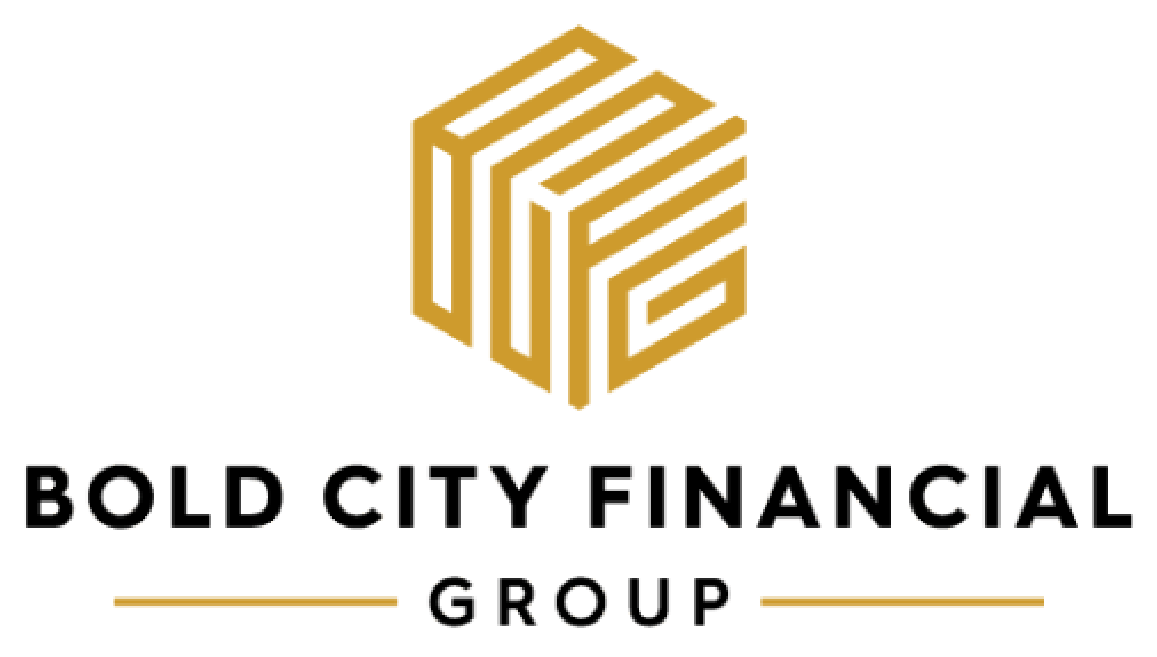Life Insurance
Explore the intricacies of life protection and financial security through Bold City Financial Group's comprehensive Life Insurance service page. Here in Jacksonville, FL, our mission is to provide robust solutions that ensure your peace of mind and secure the future for you and your loved ones. Offering an array of specialized options including Term, Whole Life, Universal Life, and Life Insurance Retirement Plans, our dedicated team is committed to guiding you toward tailored strategies that match your distinct needs and aspirations.

Life Insurance
If you’re looking for a friendly, personable life insurance brokerage in Jacksonville, FL, get in touch with Broad City Financial. We offer a range of life insurance plans for Jacksonville residents, including:
Terms
Term life insurance is a type of life insurance that provides coverage for a specific period, or "term." Unlike permanent life insurance policies, such as whole life or universal life, which provide coverage for the insured's entire life, term life insurance is temporary and typically covers a specific number of years — often 10, 20, 30 years, or even shorter periods.
Key Features of Term Life Insurance:
Whole Life
Whole life insurance is a type of permanent life insurance that offers coverage for the entire lifetime of the insured, as long as the policyholder continues to pay the premiums.
Key Features of Whole Life Insurance:
Universal Life
Universal life insurance is another type of permanent life insurance that combines a death benefit with a savings or investment component. It offers more flexibility compared to whole life insurance, allowing policyholders to adjust certain aspects of the policy to suit their changing needs over time.
Key Features of Universal Life Insurance:
Life Insurance Retirement Plan (LIRP)
A life insurance retirement plan (LIRP), also known as a life insurance retirement savings plan or a tax-free retirement plan, is a financial strategy that uses a permanent life insurance policy, typically a whole life or universal life insurance policy, to save and grow money for retirement. The primary goal of a LIRP is to accumulate cash value within the life insurance policy, which can then be accessed tax-free during retirement to supplement other sources of retirement income.
